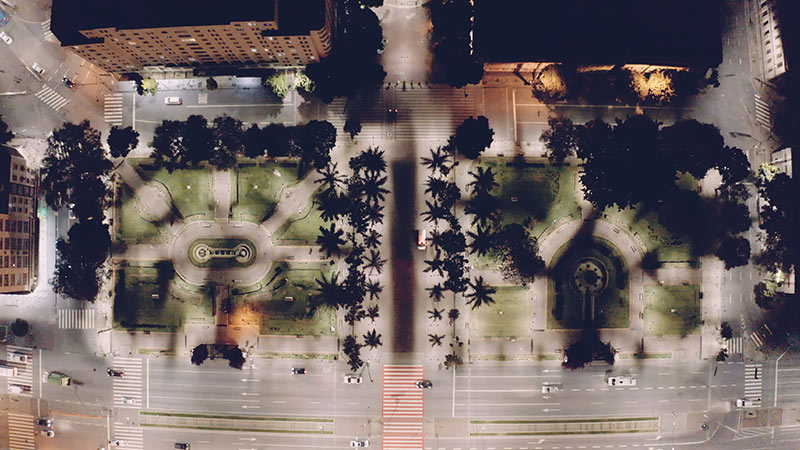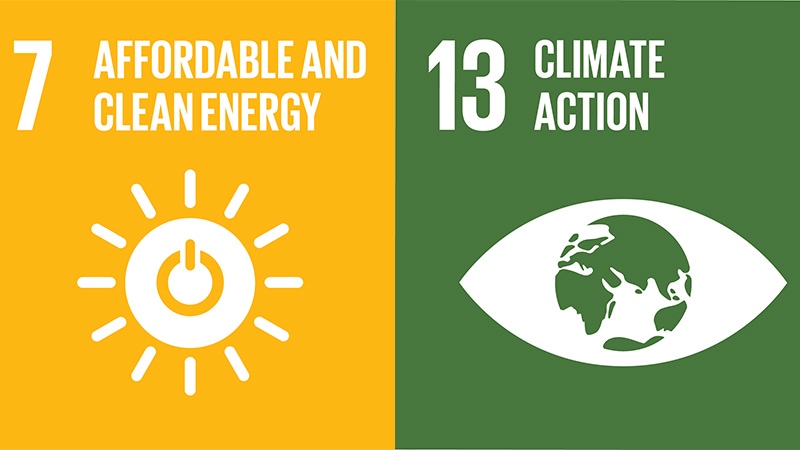Novembe 08, 2019
The fight against climate change increases the need for more efficient energy use. Switching from conventional lighting to connected LEDs is one part of the solution.
At Climate Week in New York, our CEO Eric Rondolat delivered a simple but powerful call to action.



Stephen Rouatt,
Head of Strategy & Market Intelligence.
Signify (Euronext: LIGHT) is the world leader in lighting for professionals, consumers and the Internet of Things. Our Philips products, Interact systems and data-enabled services, deliver business value and transform life in homes, buildings and public spaces. In 2023, we had sales of EUR 6.7 billion, approximately 32,000 employees and a presence in over 70 countries. We unlock the extraordinary potential of light for brighter lives and a better world. We have been in the Dow Jones Sustainability World Index since our IPO for seven consecutive years and have achieved the EcoVadis Platinum rating for four consecutive years, placing Signify in the top one percent of companies assessed. News from Signify can be found in the Newsroom, on X, LinkedIn and Instagram. Information for investors is located on the Investor Relations page.
